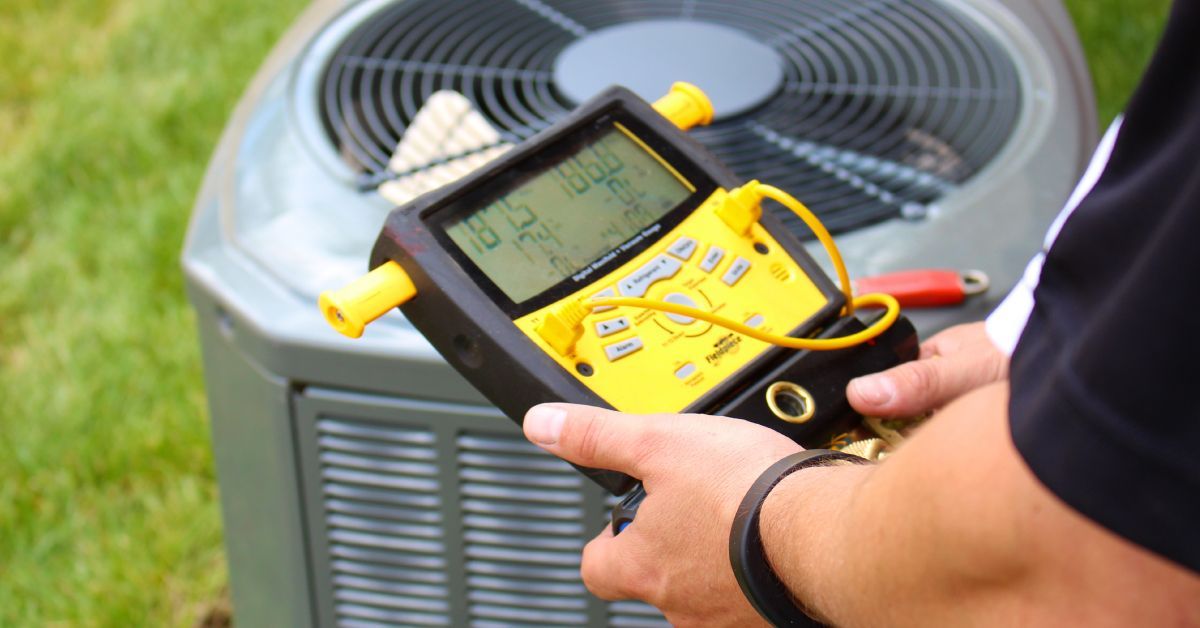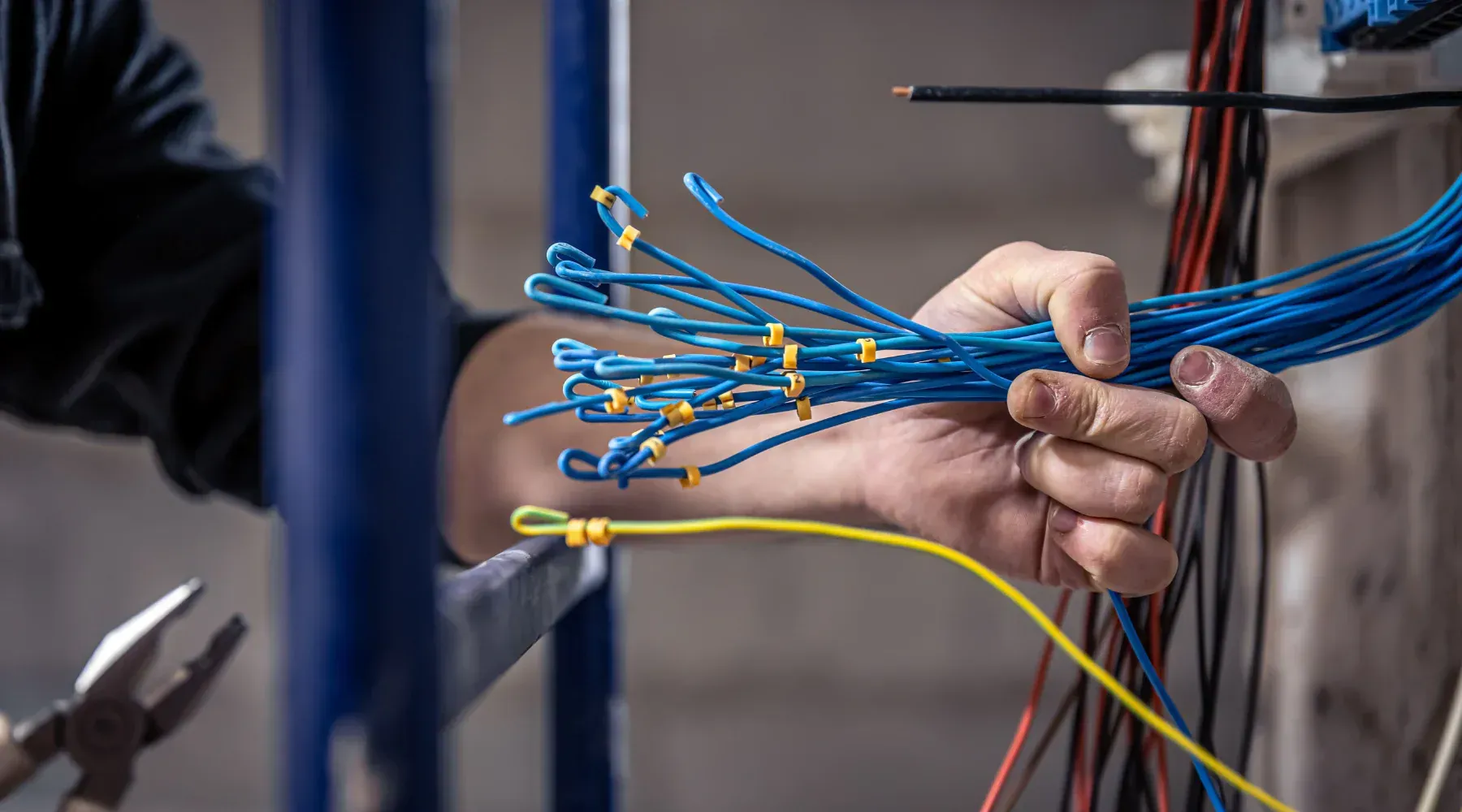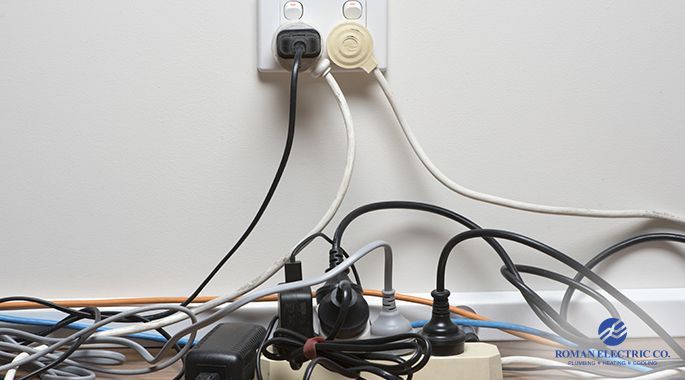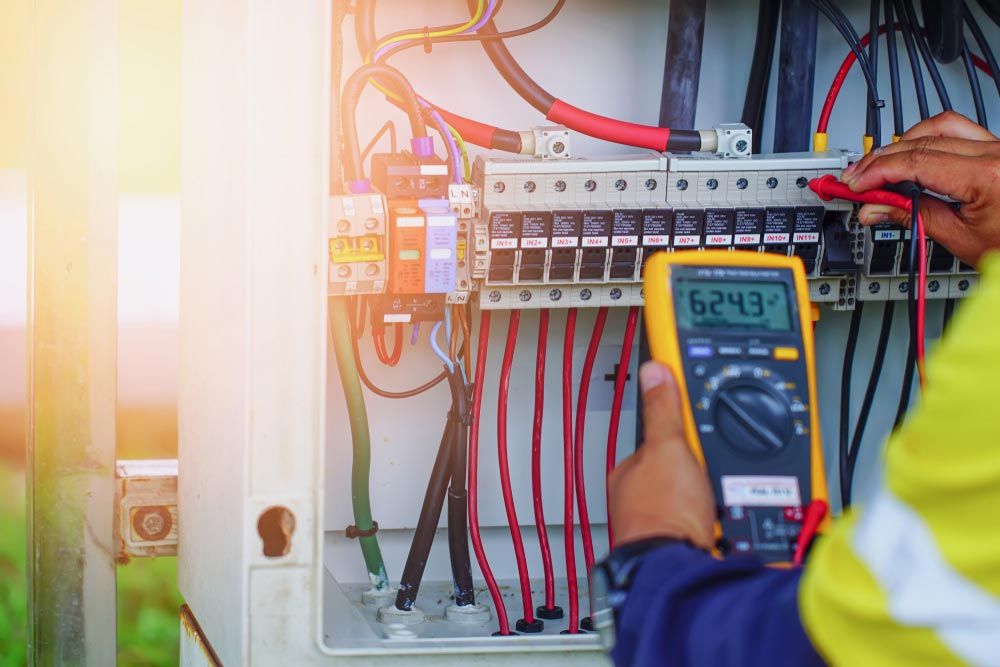Replacing Aluminum Wiring in Your Home
A copper shortage in the ‘60s caused many properties to be electrically wired with aluminum. Builders and electricians don’t use aluminum wiring today. Replacing aluminum wiring should be a priority for all property owners.
When Aaron and Jessica bought their circa-1970 home, they discovered it had aluminum electrical wiring. The owners said, “Not a problem; we’ve never had an issue.”
They were honest. And that’s the main problem with aluminum wiring. The U.S. Consumer Product Safety Commission says, “Unfortunately, failing aluminum-wired connections seldom provide easily detected warning signs. Aluminum-wired connections and splices have been reported to fail and overheat without any prior indications or problems.”
Six months later, they smelled a burning-electrical odor in their daughter’s bedroom. Her nightlight was melting! The electrician suggested fixing it by “pigtailing” it with copper wire.
Pigtailing vs. Replacing Aluminum Wiring
Today, pigtailing is seldom used as a solution to replacing aluminum wiring. It involves splicing a length of copper wire to the aluminum wire. The copper wire then connects to the electrical outlet or device.
Here’s what you should know about pigtailing aluminum wiring:
- Approved copper-to-aluminum connections plus antioxidant compounds should be used.
- Even after splicing to copper, aluminum wiring is a loose-connection risk.
- Loose connections increase electrical resistance, which can melt fixtures and insulation.
- Loose connections can “spark,” which can ignite wall insulation, wallpaper, and wiring itself.
It saves money. But most people aren’t willing to take the risk of losing their loved ones or property to fire.
Can Replacing Aluminum Wiring Wait?
Replacing aluminum wiring can cost more than $10,000 to replace. The price depends on square footage and how easy it is to access your wiring.
You need to work with your local electrician to find a cost-effective way to rewire. Replacing aluminum wiring will lower your energy bills and possibly your insurance premiums. That should be a financial factor, too.
If you have these issues, you can’t put it off:
- Burning smell, sometimes accompanied by a popping or sizzling sound
- Charred/discolored electrical outlets/switches
- Frequently tripped circuit breakers/blown fuses
Your Rewiring Project
Today’s homes use nonmetallic (NM) cable. Cables usually have a combination of “hot,” “neutral,” and “ground” wires inside a protective material.
Sometimes aluminum rewiring is replaced by tearing out walls. After the rewiring is complete, you must install new drywall. This is probably the most costly and time-consuming process.
If you have a historical home, you want to preserve its architectural integrity. Even if you don’t, you want to save time and money. When possible, electricians can feed wires through walls by making a small cut in the plaster/drywall.
Be sure to learn the cost of drywall repair and include it with your aluminum rewiring budget.
Older homes can have 60-100 amps of service. Today’s minimum electrical service is 200 amps. “In the process of rewiring,” says Angie’s List , “An electrician will almost always upgrade your service capacity.”
How Long Your Rewiring Project Should Take
A good electrician knows safely rewiring a home is time-consuming, painstaking work. You can usually live at home while the electricians are working.
The length of time can depend on if you have an attic, if the house is on a concrete slab, architecture intricacy, etc. You can likely allow 3-10 days for an uncomplicated rewiring project.
Local’s Here for You
24/7 Local Electrician can save you money. Most importantly, we can save your loved ones from the risks of burns and fires. Contact us today.










